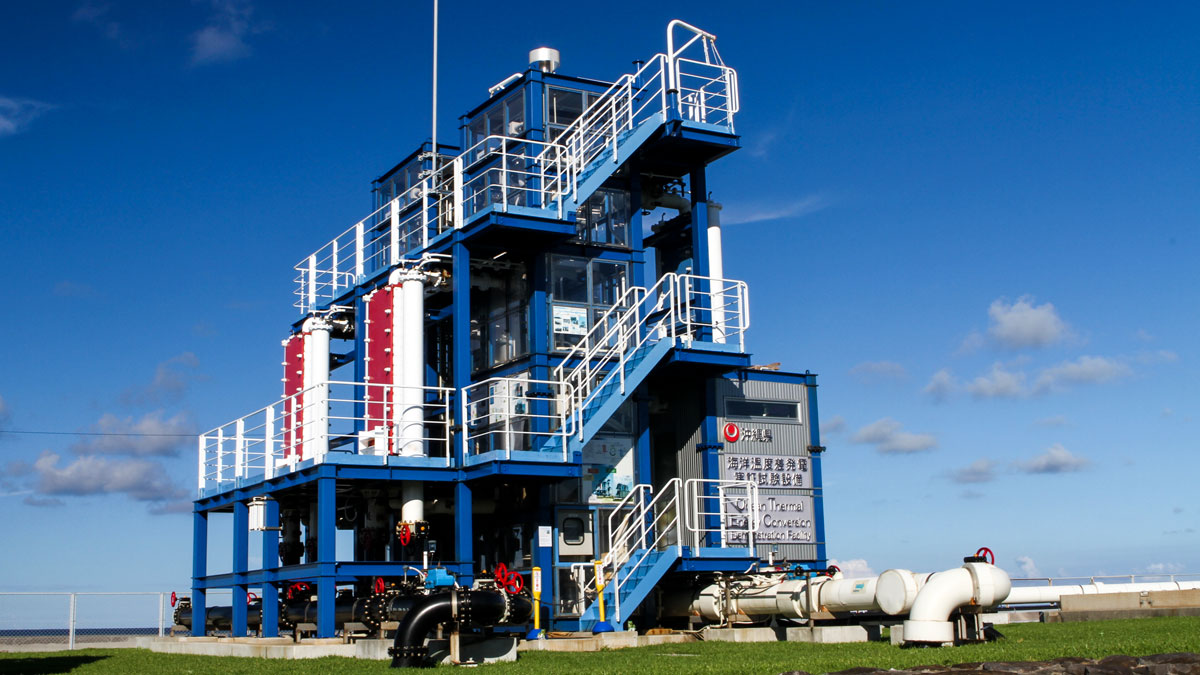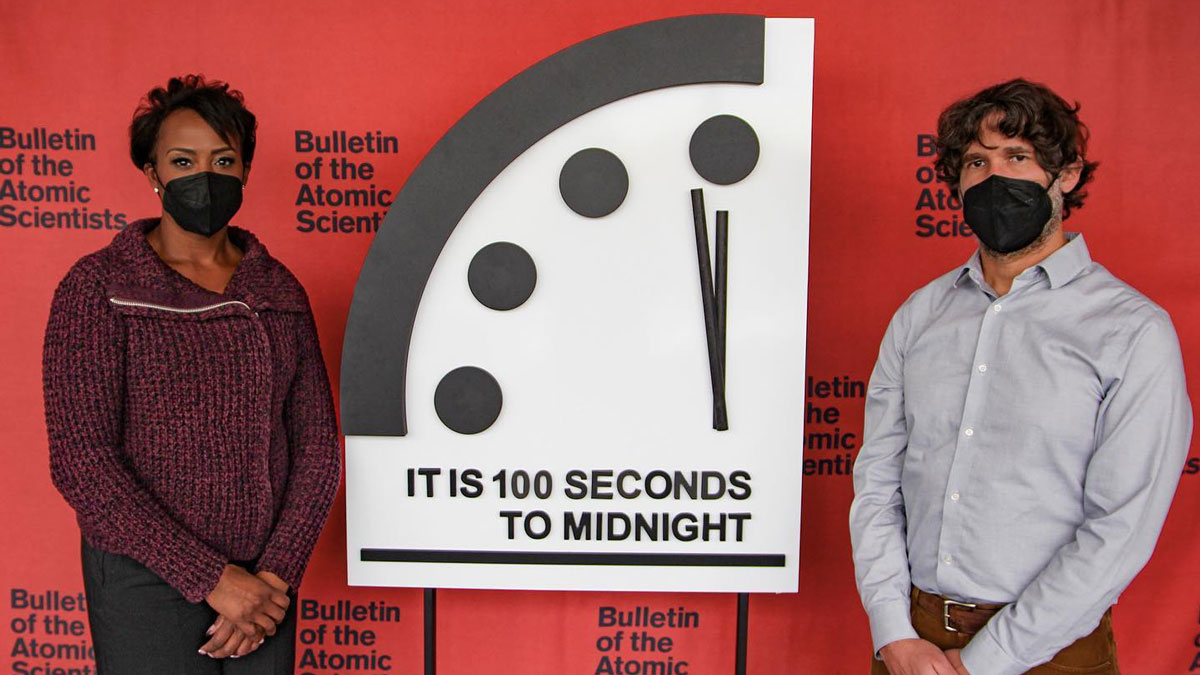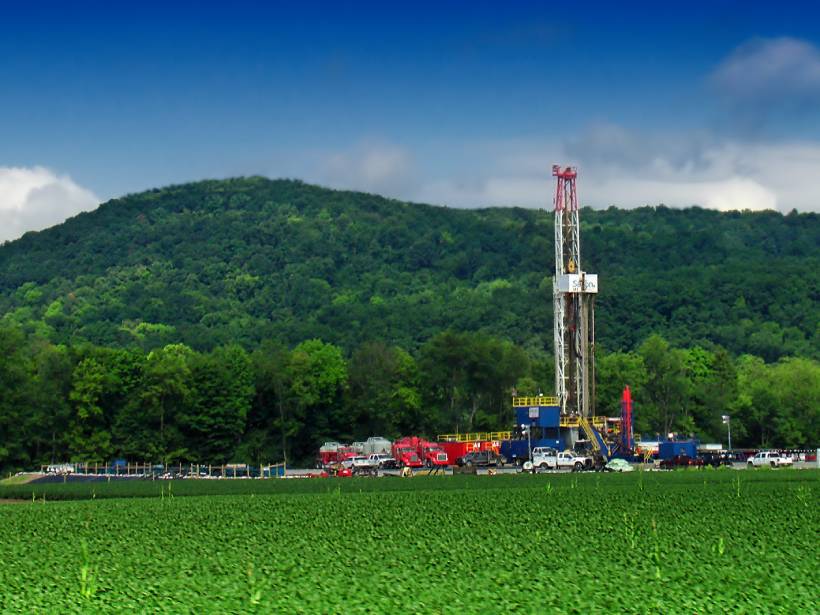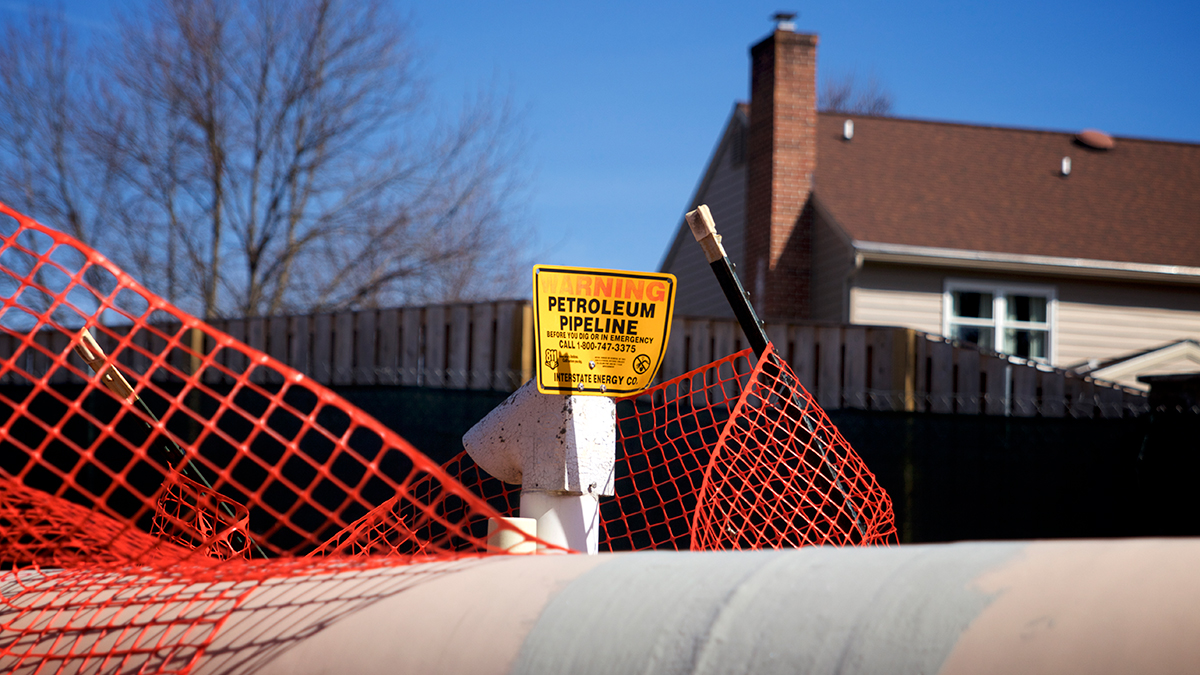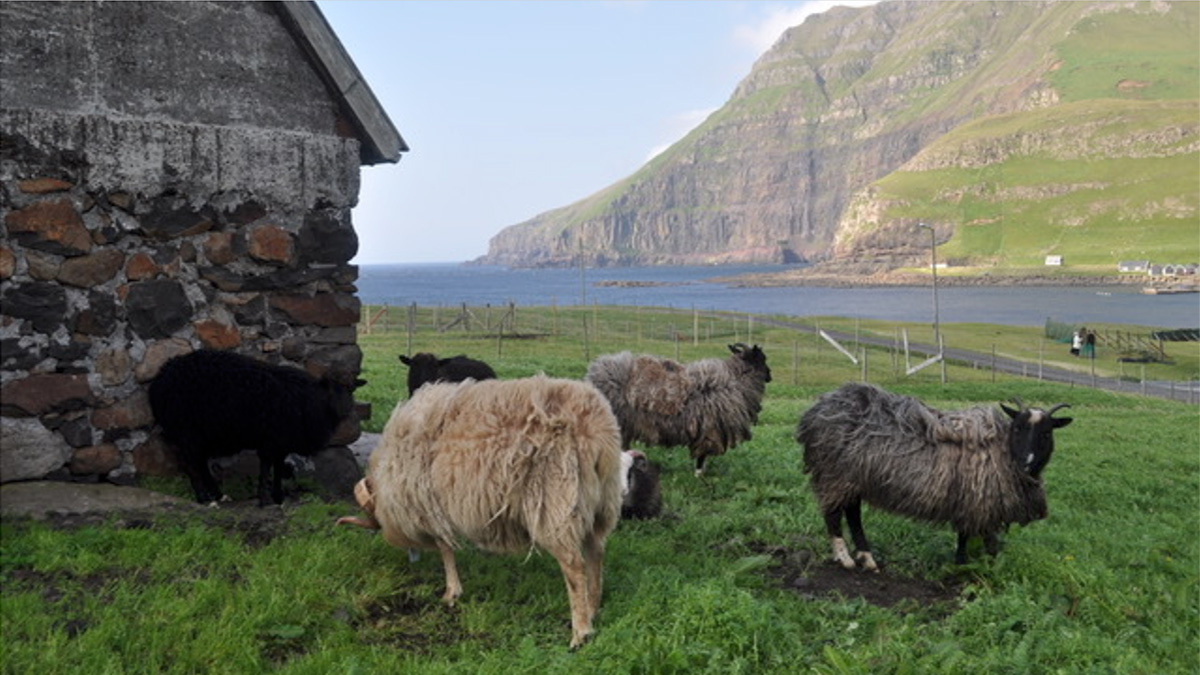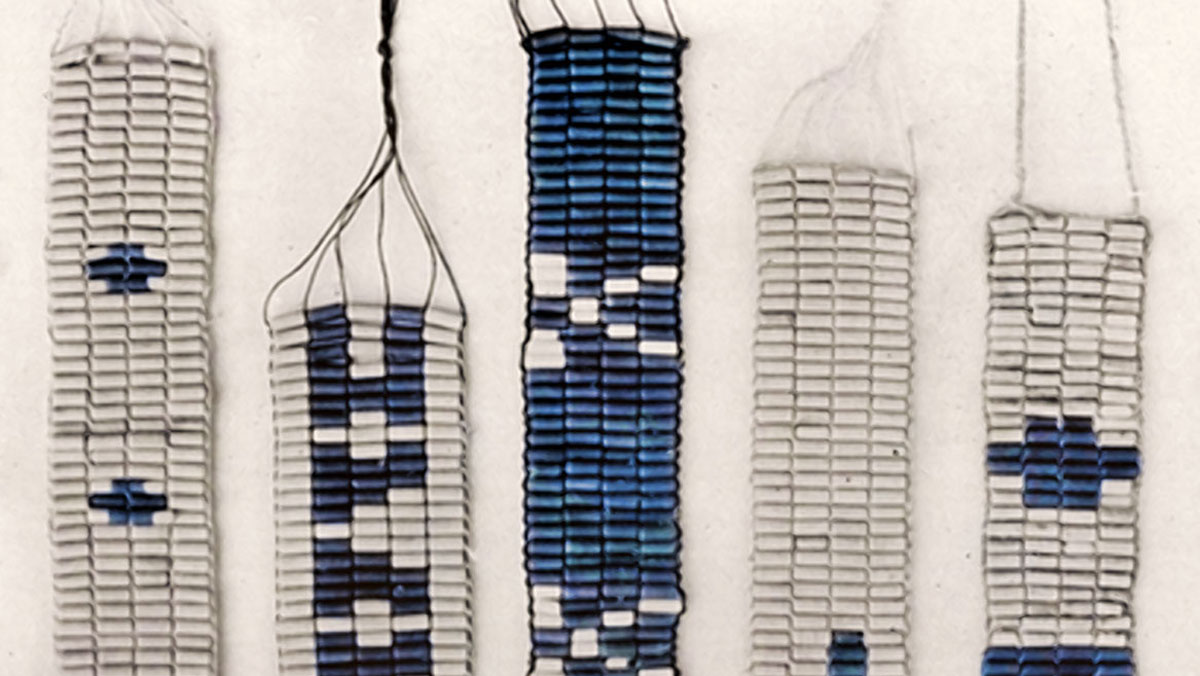Ocean thermal energy conversion could power the world’s tropical islands, if it ever gets out of the “innovation valley of death.”
culture & policy
The 2-Year Countdown to Deep-Sea Mining
A small island nation is forcing the hand of international regulators to finalize rules for deep-sea mining, but scientists say the environmental consequences are not yet clear.
Climate Scientist Reflects as Doomsday Clock Stays at 100 Seconds to Midnight
On the 75th anniversary of the Doomsday Clock, major threats against the world have not waned, say organizers.
Lo que una nueva orden ejecutiva significa para frenar las emisiones de metano
La orden ejecutiva de Biden llama a considerar una nueva regulación de metano que viene justo después de un nuevo análisis global del impacto del combustible en el cambio climático.
Mapping Teotihuacan’s Past, Present, and Future
A new lidar project reveals how mining and urban expansion have put one of Mexico’s most iconic cultural heritage sites at risk.
When Climate Ruled the Dinosaurs of Grand Staircase
Living in Geologic Time: Navigate the prolific boneyards and shifting boundaries of Grand Staircase-Escalante and Bears Ears National Monuments.
A Gas Pipeline Investigation Built on Community-Centered Ideas
From developing a research question to enacting solutions, environmental justice requires community engagement in every step of the scientific process.
Ancient Eruptions Reveal Earliest Settlers on the Faroe Islands
Lake sediment is helping scientists resolve a decades-long historical mystery.
Projection: $110 Billion in Repairs for Russian Pipelines on Permafrost
Permafrost thaw is a major threat to pipelines in the Russian Arctic, particularly those carrying natural gas.
WAMPUM: An Indigenous-Designed Path to Sea Level Rise Adaptation
Northeastern and mid-Atlantic tribal nations lived sustainably on the coastline for centuries before colonization. How can their experiences inform strategies for sea level rise adaptation?

